
Demystifying Decentralized Cloud Computing: How Does it Work?
In today’s digital age, technology is advancing at an unprecedented rate, revolutionizing how we store and access data. One notable innovation is decentralized cloud computing, which leverages distributed ledger technology (DLT) to disrupt traditional cloud computing models. This article aims to demystify decentralized cloud computing, exploring its origins, current state, practical applications, and predictions for the future.
A Historical Overview of Decentralized Cloud Computing
Decentralized cloud computing emerged alongside the development of blockchain, which serves as the underlying technology for DLT. Blockchain, most commonly associated with cryptocurrencies like Bitcoin, introduced the concept of a decentralized and immutable ledger. As the technology evolved, developers realized its potential to transform cloud computing as well.
Traditionally, cloud computing relied on centralized servers managed by a single entity. However, decentralized cloud computing takes a different approach. It leverages the power of DLT to distribute data and computing power across a network of participants, eliminating the need for centralized control.
One pivotal milestone in the development of decentralized cloud computing is the introduction of projects like InterPlanetary File System (IPFS). IPFS utilizes a decentralized file storage system that relies on a network of computers to host and distribute files. Additionally, projects like Storj and Sia allow users to rent out their idle computer space, creating a decentralized and secure cloud storage network.
The Advantages and Disadvantages of Decentralized Cloud Computing
Decentralized cloud computing offers several advantages over traditional models. Firstly, it enhances data security by eliminating reliance on a single central server. With decentralized storage, data becomes highly resistant to unauthorized access or tampering. Additionally, the distributed nature of decentralized cloud computing ensures high availability and fault tolerance, as data is replicated across multiple nodes in the network. This redundancy reduces the risk of data loss.
Furthermore, decentralized cloud computing provides economic benefits. By leveraging idle computing resources, users can monetize their excess storage or computing power. This creates a peer-to-peer marketplace where individuals can earn income and businesses can reduce their cloud computing costs.
However, like any technology, decentralized cloud computing has its challenges. One major challenge is scalability. As the network grows, it becomes increasingly difficult to manage and ensure optimal performance. Additionally, the reliance on multiple nodes introduces potential latency issues, especially when accessing data stored across the network.
Practical Applications of Decentralized Cloud Computing
The potential applications for decentralized cloud computing are vast and diverse. One prominent sector is data storage. Projects like Filecoin, built on the IPFS protocol, aim to provide decentralized and incentivized storage solutions. By leveraging the idle storage capacities of network participants, these projects offer secure and cost-effective storage alternatives to traditional cloud providers.
Another application lies in decentralized computing power. Projects such as Golem and SONM enable the sharing of idle computing resources, allowing users to access immense computing power on-demand. This has the potential to revolutionize fields such as scientific research, artificial intelligence, and rendering.
Moreover, decentralized cloud computing can enhance privacy and security in industries that handle sensitive data, such as healthcare or finance. By leveraging cryptography and decentralized architectures, these industries can ensure data integrity and protect against cyber threats.
The Future of Decentralized Cloud Computing and Distributed Ledger Technology
The future of decentralized cloud computing and DLT is promising. As the technology matures, scalability solutions are being developed to address current limitations. Projects like Ethereum 2.0 and Polkadot aim to create high-performance networks capable of supporting complex decentralized applications.
Furthermore, the integration of decentralized cloud computing with emerging technologies like the Internet of Things (IoT) and edge computing is on the horizon. By leveraging DLT, IoT devices can securely share data and computing resources, fostering a new era of interconnected devices.
Ultimately, the potential impact of decentralized cloud computing and DLT extends beyond technology enthusiasts. It has the power to transform how individuals store and access their personal data, impact industries ranging from finance to healthcare, and create new economic opportunities.
Frequently Asked Questions
1. What is the difference between centralized and decentralized cloud computing?
Centralized cloud computing relies on a single central server or data center to store and manage data, while decentralized cloud computing distributes data and computing power across a network of participants, eliminating the need for centralized control.
2. Is decentralized cloud computing more secure than traditional cloud computing?
Decentralized cloud computing enhances data security by eliminating reliance on a single central server. Data on decentralized networks is highly resistant to unauthorized access or tampering.
3. Can I earn money by participating in decentralized cloud computing networks?
Yes, decentralized cloud computing networks often provide opportunities for users to monetize their idle computing resources by renting out storage space or computing power.
4. What are the main challenges of decentralized cloud computing?
Scalability is a significant challenge for decentralized cloud computing networks as they grow. Additionally, relying on multiple nodes introduces potential latency issues.
We hope this article has shed light on the fascinating world of decentralized cloud computing. The future holds immense potential for this technology, and we encourage you to explore further and discover its applications in various sectors. Share your thoughts or engage with us in the comments below!
More in this category ...
Ripple companions with SBI Group and HashKey DX for XRPL answers in Japan

April sees $25M in exploits and scams, marking historic low ― Certik

MSTR, COIN, RIOT and different crypto shares down as Bitcoin dips
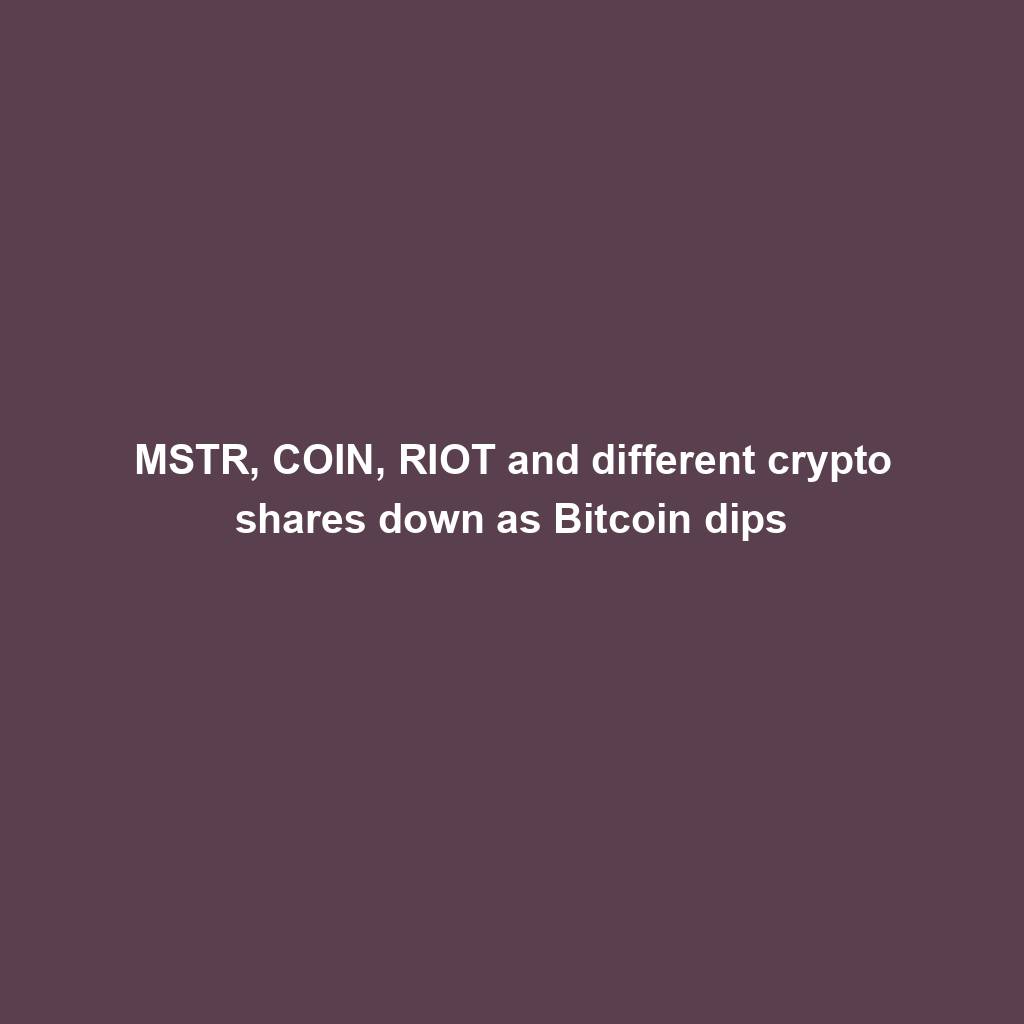
EigenLayer publicizes token release and airdrop for the group
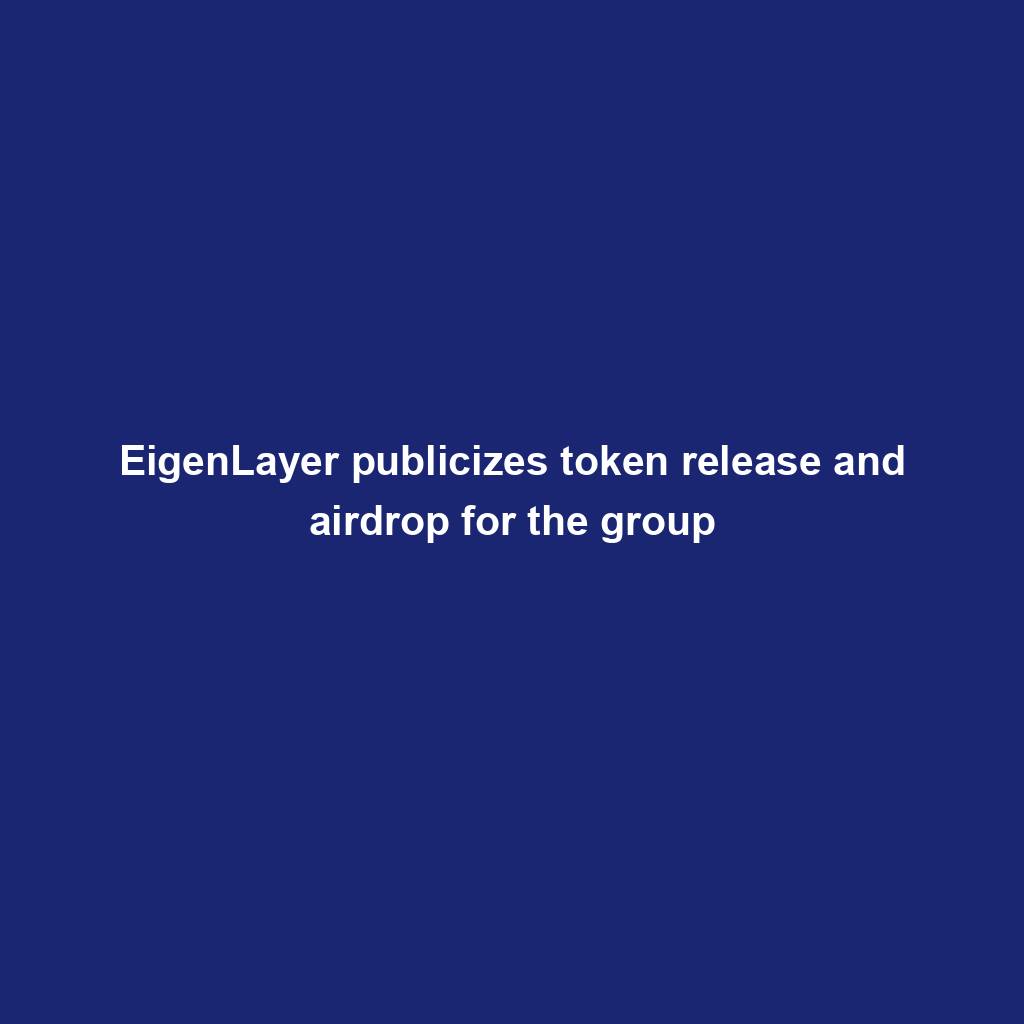
VeloxCon 2024: Innovation in knowledge control

Successful Beta Service release of SOMESING, ‘My Hand-Carry Studio Karaoke App’

Dogwifhat (WIF) large pump on Bybit after record reasons marketplace frenzy
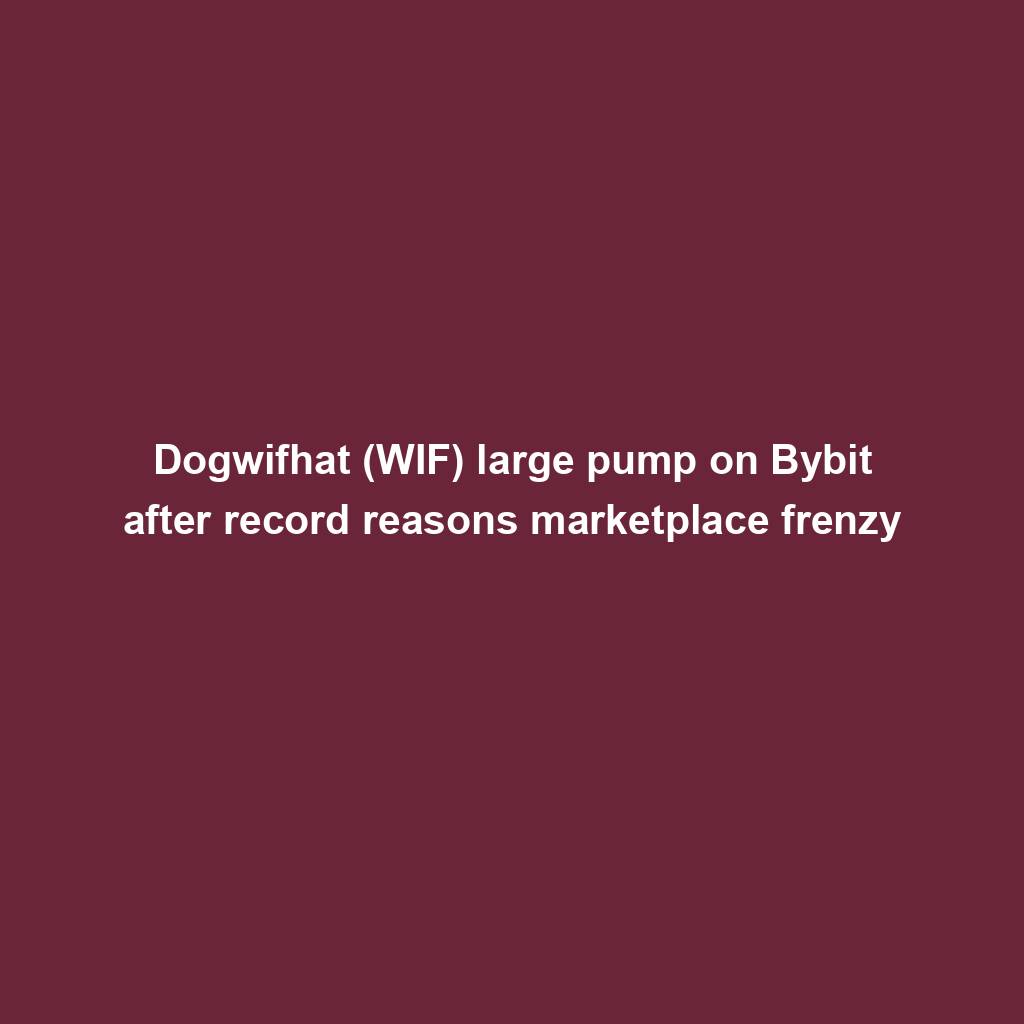
How fintech innovation is riding virtual transformation for communities around the globe
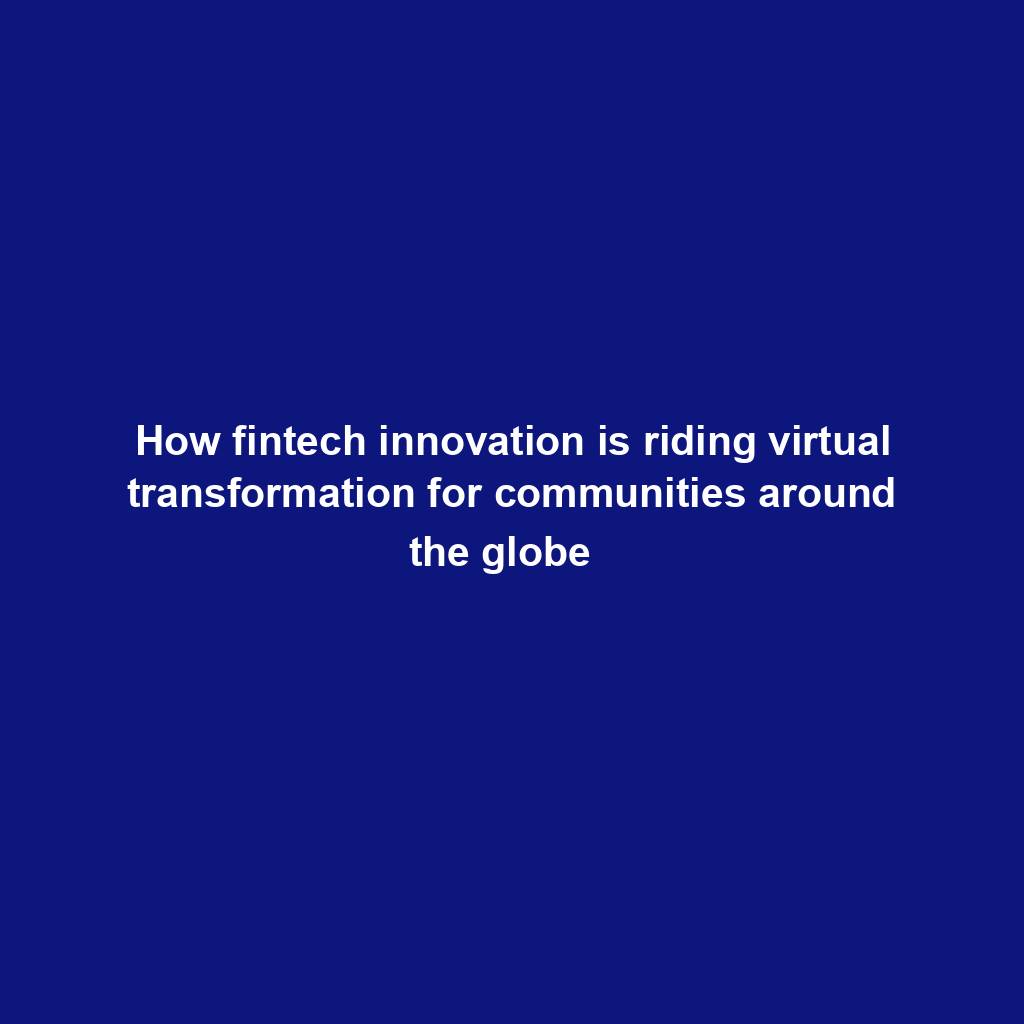
Wasabi Wallet developer bars U.S. customers amidst regulatory considerations

Analyst Foresees Peak In Late 2025

Solo Bitcoin miner wins the three.125 BTC lottery, fixing legitimate block

Ace Exchange Suspects Should Get 20-Year Prison Sentences: Prosecutors

Google Cloud's Web3 portal release sparks debate in crypto trade

Bitcoin Primed For $77,000 Surge

Bitbot’s twelfth presale level nears its finish after elevating $2.87 million

PANDA and MEW bullish momentum cool off: traders shift to new altcoin

Commerce technique: Ecommerce is useless, lengthy are living ecommerce

Republic First Bank closed by way of US regulators — crypto neighborhood reacts
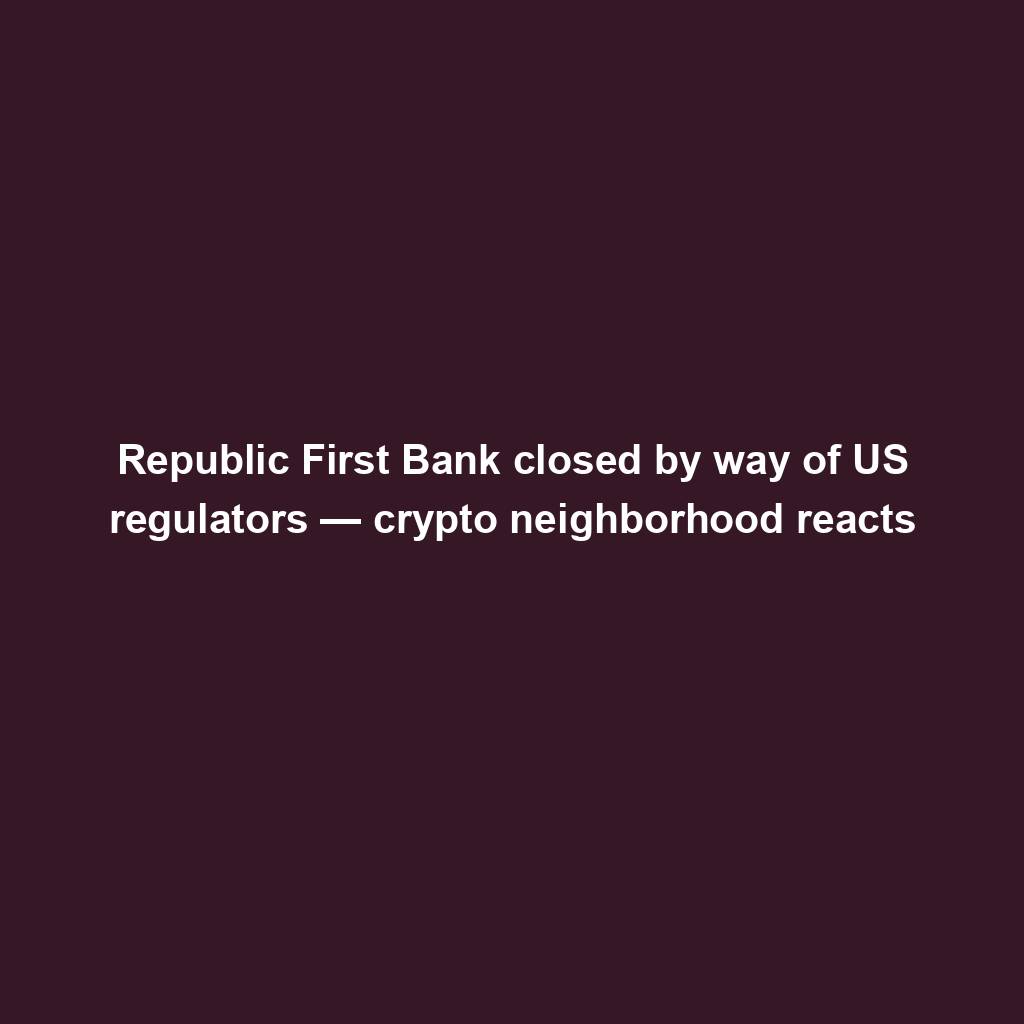
China’s former CBDC leader is beneath executive investigation

Bigger isn’t all the time higher: How hybrid Computational Intelligence development permits smaller language fashions
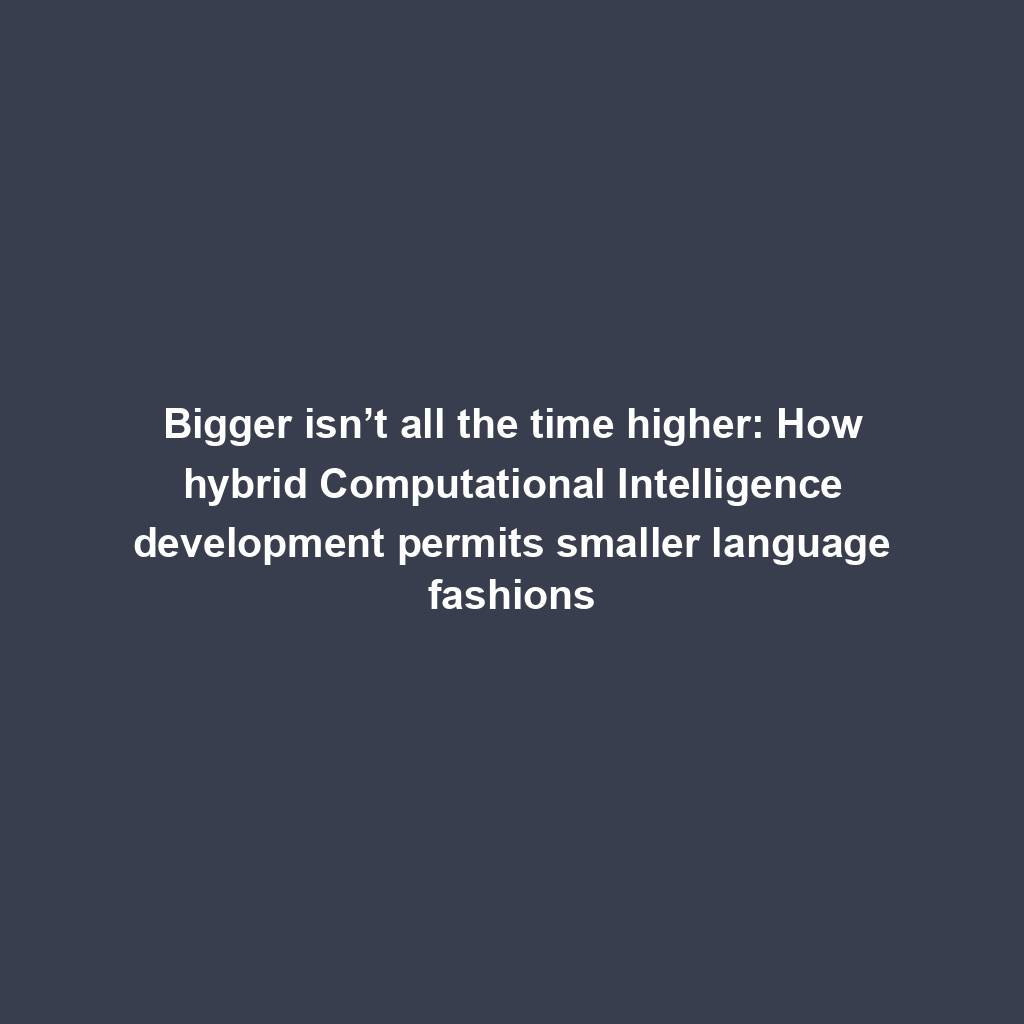
Pantera Capital buys extra Solana (SOL) from FTX
Successful Beta Service release of SOMESING, ‘My Hand-Carry Studio Karaoke App’

SEC sues Bitcoin miner Geosyn Mining for fraud; Bitbot presale nears $3M

Business procedure reengineering (BPR) examples

85% Of Altcoins In “Opportunity Zone,” Santiment Reveals
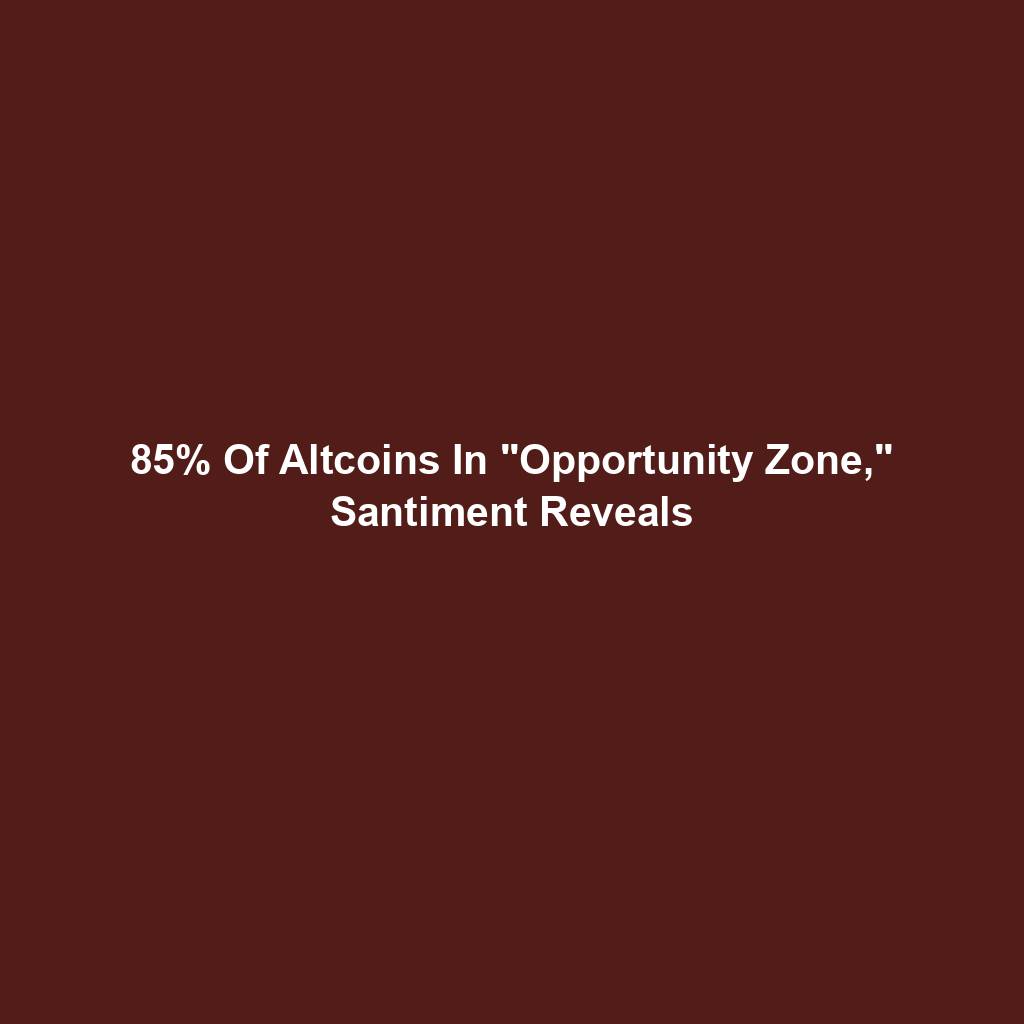
Sam Altman’s Worldcoin eyeing PayPal and OpenAI partnerships
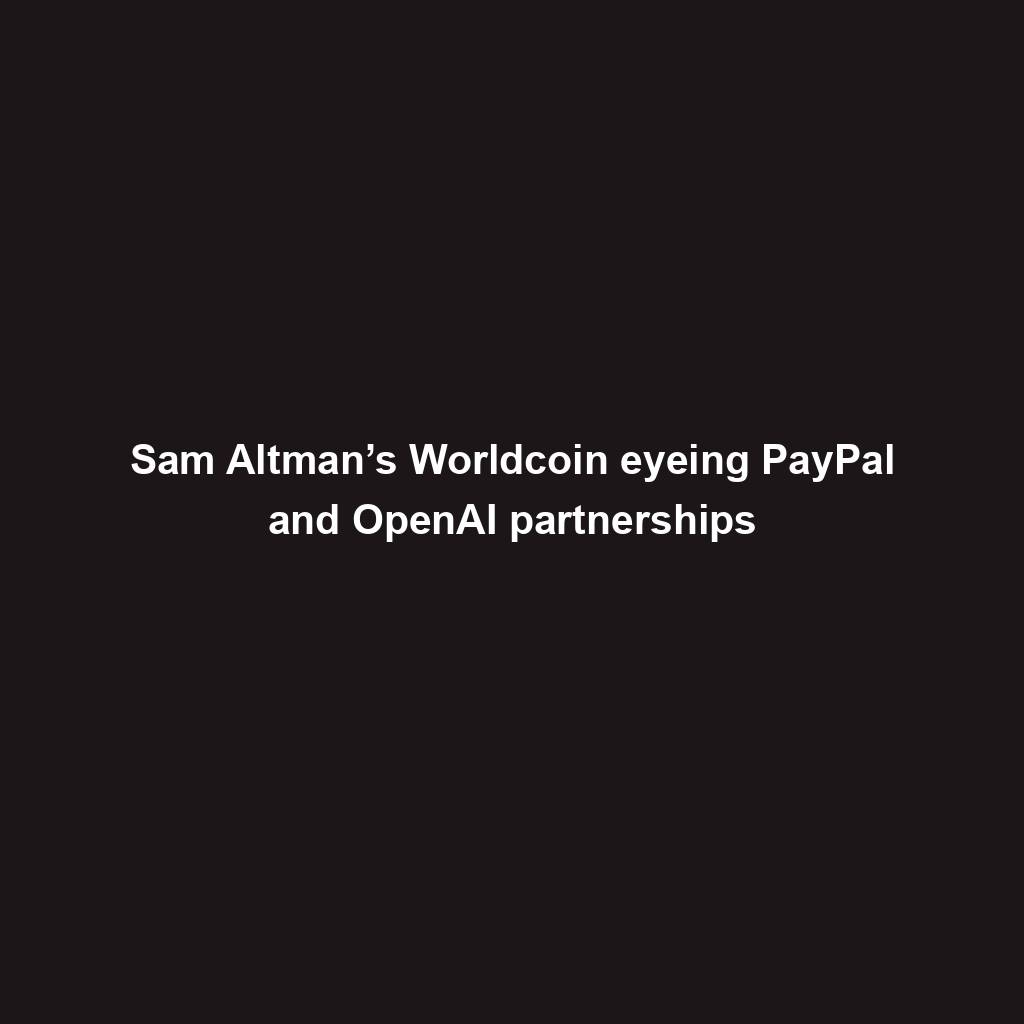
Artificial Intelligence transforms the IT strengthen enjoy
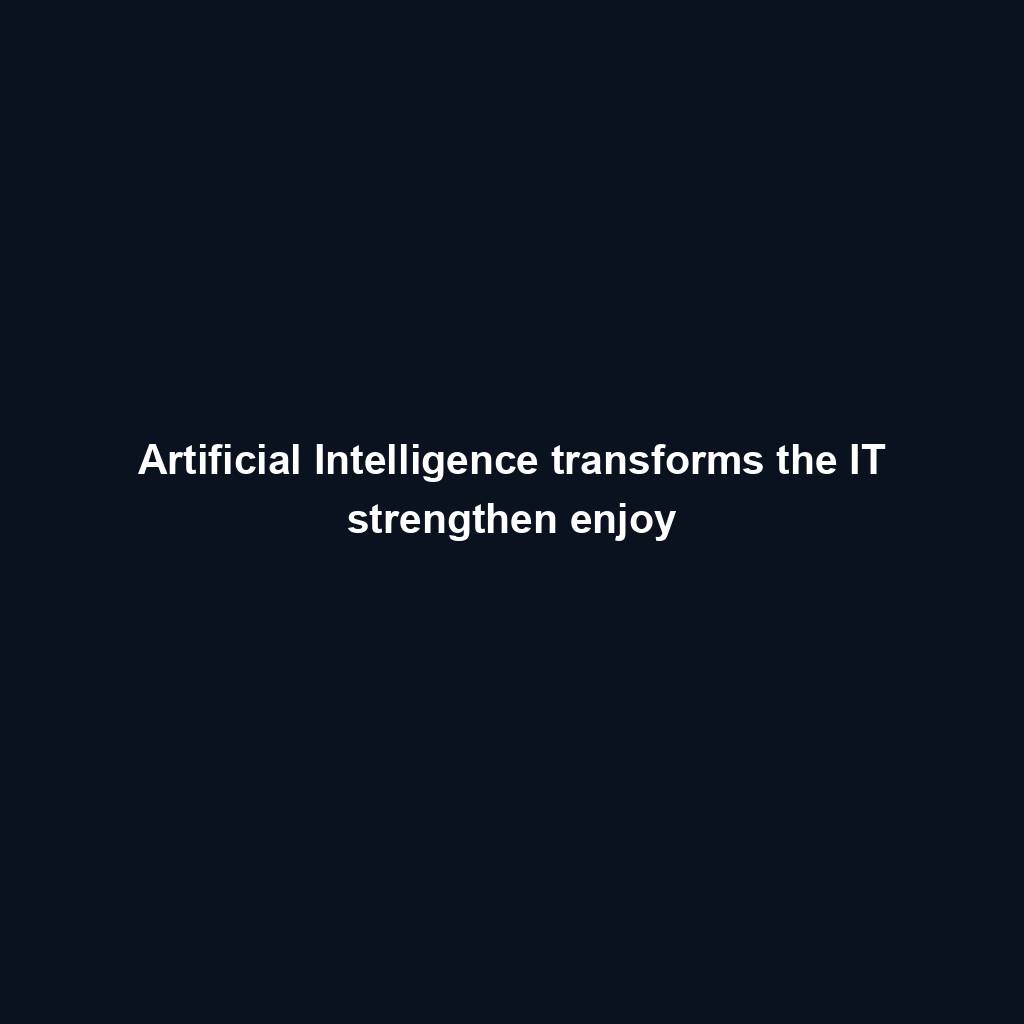
Franklin Templeton tokenizes $380M fund on Polygon and Stellar for P2P transfers

Meta’s letting Xbox, Lenovo, and Asus construct new Quest metaverse {hardware}
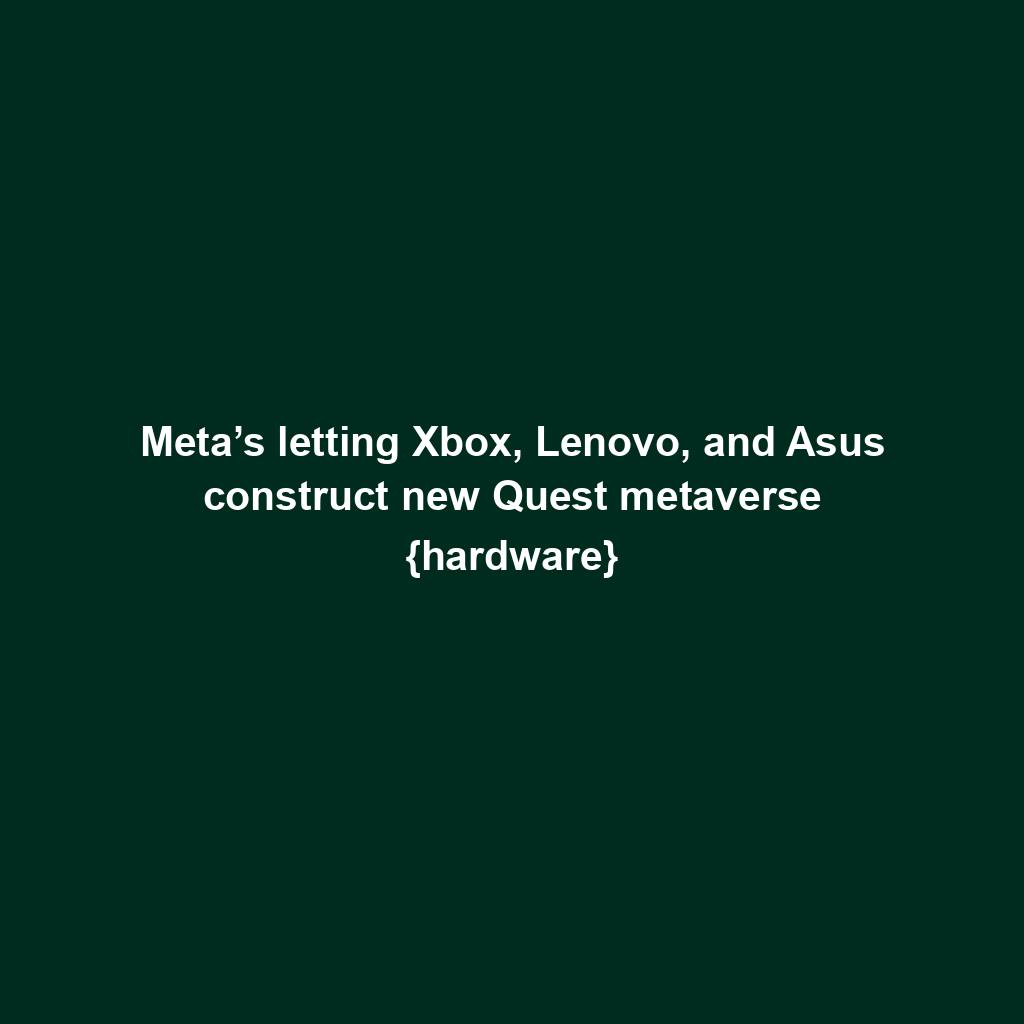
Shiba Inu (SHIB) unveils bold Shibarium plans as Kangamoon steals the display
